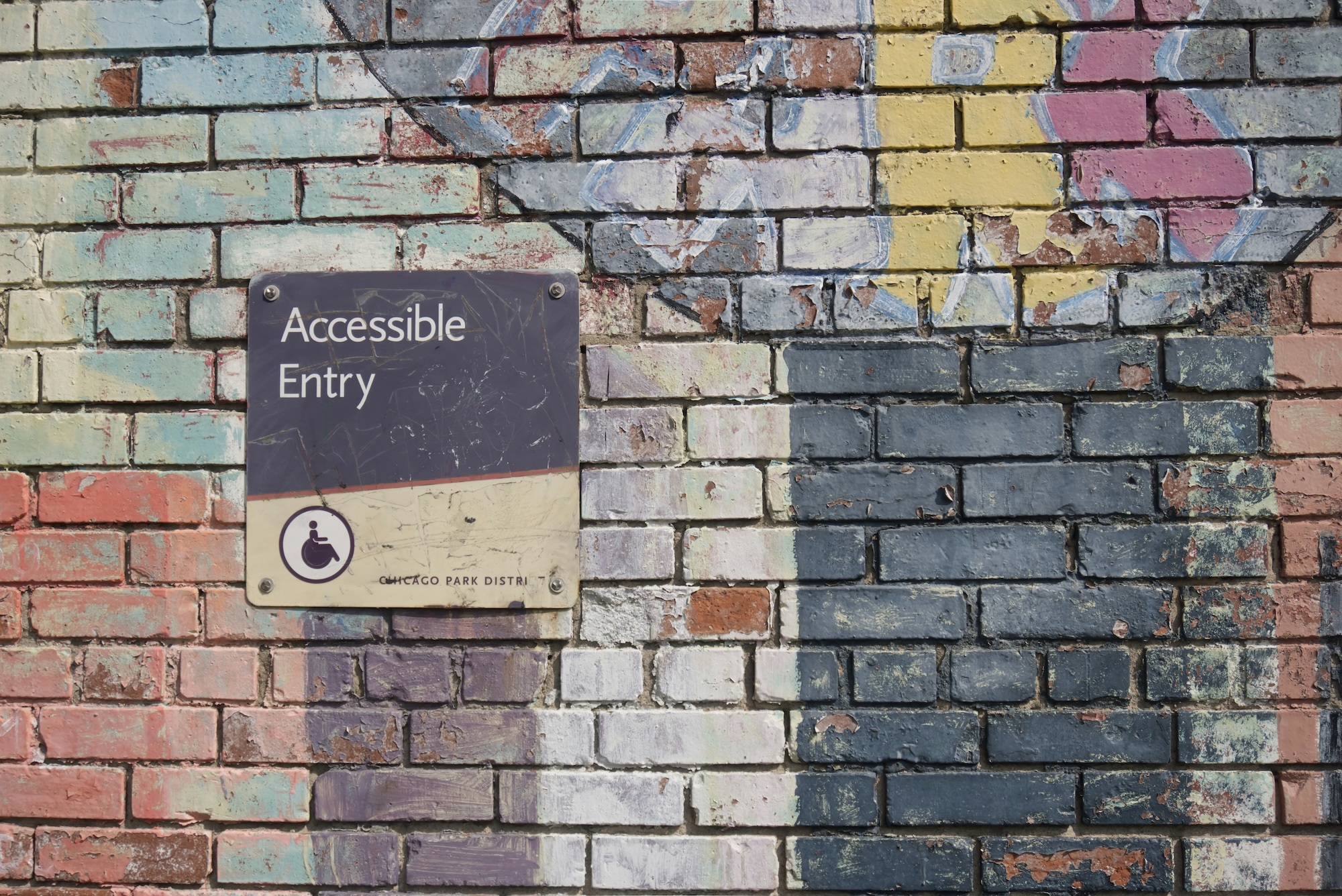Access isn’t dead
It’s a myth that people with disabilities don’t use social media or engage with us online for the same reasons as everyone else. It’s also a myth that platforms like Facebook and Twitter (now X) or Bluesky are completely accessible for people with disabilities. A lot of these platforms are difficult to navigate without accessible content being provided by those who upload content. Each one of us can do our part to make someone’s day a little easier by being inclusive with our language and following these five tips to improve our accessibility when creating social media posts.
- Pay attention to hashtags. Capitalize, PascalCase or CamelCase your hashtags. It makes it visually and for screenreaders. For example, use #HotToGo instead of #hottogo as the first version will read out as three separate words to a screen reader versus the all lowercase version that will read out as one word. Putting hashtags in a separate comment or at the very end of the post is ideal.
- Describe your images. Provide a description of your image in the caption. Describe what is going on in your image including backgrounds, items in the frame, people, appearances, and anything else that might not be clear from the context of your original comment. These do not need to be long, but should describe the scene.
- Use caution when putting words on images. Words on images are not able to be picked up by a screen reader, yet. If you do you words on images make sure to include the message in the caption. Un addition make sure that the color contrast is sufficient on all of the images so that the text is legible. It’s also important to use fewer words on these images as the smaller the font size the fewer people will be able to read your post. Use a color contrast analyzer if you are making your own social media images with words
- Caption your audio and video. Most videos do this automatically on social media now, but you should edit the caption to be accurate. Captions can also benefit people who don’t like to use sound when browsing social media.
- Use plain language and explain terms. Be clear and concise with your descriptions and avoid industry specific words. If you must use them be sure to add a definition. Jargon can include initialisms, specific names for rooms inside of a business (that we know but a guest may not), industry specific terms, or internal language. For example, the word Nosh is a common word that we use but not everyone may know that this is a yiddish word for snacks or tasty food. Another strategy is to use plain language when creating posts on social media. This means to write content that someone can understand the first time they read it. Plain language actually has definitions and guidelines.
- Be concise
- Break topics into separate documents
- Use even shorter paragraphs than on paper
- Use short lists and bullet points
- Make things easily scannable by adding headings and white space
- Write using words that your readers would use when doing a web search for the information
- Don’t assume that your reader has previous knowledge of your subject or has read other pages on your site. Let each page and post stand on its own
You’re on your way to being more accessible! What other tips or accessible things would you recommend on social media?
